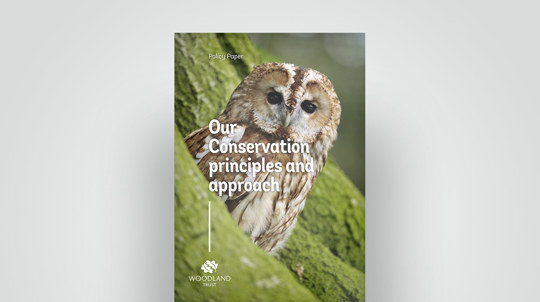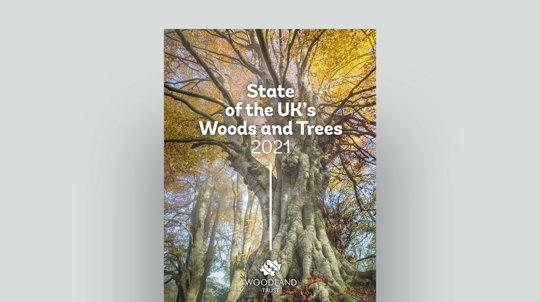Theme 2: Create
To enhance our ability to create quality native woods and trees to benefit nature, climate and people into the future.
Research under this theme includes the investigation of innovative techniques and methods for creating new native woodland for different objectives, in different environments and at different scales – at a local and landscape level.
Research outputs should be directly beneficial to practical delivery or policy influencing, and may take either a site or landscape approach. The overarching aim should be to create more biodiversity-rich ecosystems that are bigger, better and joined up. In addition to the impact on biodiversity and people, research may investigate the economics and cost-effectiveness of different approaches.
Topics and issues of interest under this theme include (but are not limited to):
- To what extent are climate change mitigations (e.g. emission reduction) deterred as a result of engaging with carbon offsetting schemes, nature-based greenhouse gas removals and bioenergy with carbon capture and storage (BECCS)? How can we better integrate these schemes with payments for other ecosystem services and, where conservation is the primary objective, make them more accurate and applicable to trees?
- What effects do different woodland creation ground preparation methods and approaches (e.g. direct seeding, planting, natural regeneration) have on soil carbon and mycorrhizal fungi? Can we learn from regenerative agriculture for techniques to modify soil properties and ecological function?
- What effects are the government's past and current woodland creation targets and support (e.g. incentives, policies, legislation) having on outcomes for nature and for people (e.g. grants and biodiversity net gain) on a site and landscape scale?
- In terms of ecosystem service delivery, what effect does increased tree canopy cover have on semi-natural habitats, such as peaty habitats (including shallower peats), grassland, heathland, rivers, and upland habitats where there is often conflict with wading bird populations and other land uses?
- What are the ecosystem service impacts of different types of agroforestry? In relation to this, what are the economic impacts (e.g. viability of land-use change) and impacts on stocks and flows of natural capital?
- How can woodland creation best be designed to lead to desired ecosystem service-based objectives, taking into account site conditions, setting (rural, urban, previous and surrounding land-use), different ground preparation, and sustainable tree protection options?
- What is the effect of the use of chemical control (e.g. glyphosate) on biodiversity in newly created woodlands? What is the efficacy of alternative methods of weed control (e.g. mulching, mowing, grazing)?
- What is the effect of actively promoting ecotones, natural processes and successional habitats in the woodland creation process (e.g. through natural regeneration and direct seeding) on different site objectives such as biodiversity, carbon sequestration, wood products, water or air quality and recreation?
- In the context of different service-based woodland creation objectives, what are the effects (including risks and opportunities) of trees of a non-local provenance and/or non-native species on ecosystem function and resilience?
- How can we track and predict UK seed supply to support UKISG?






